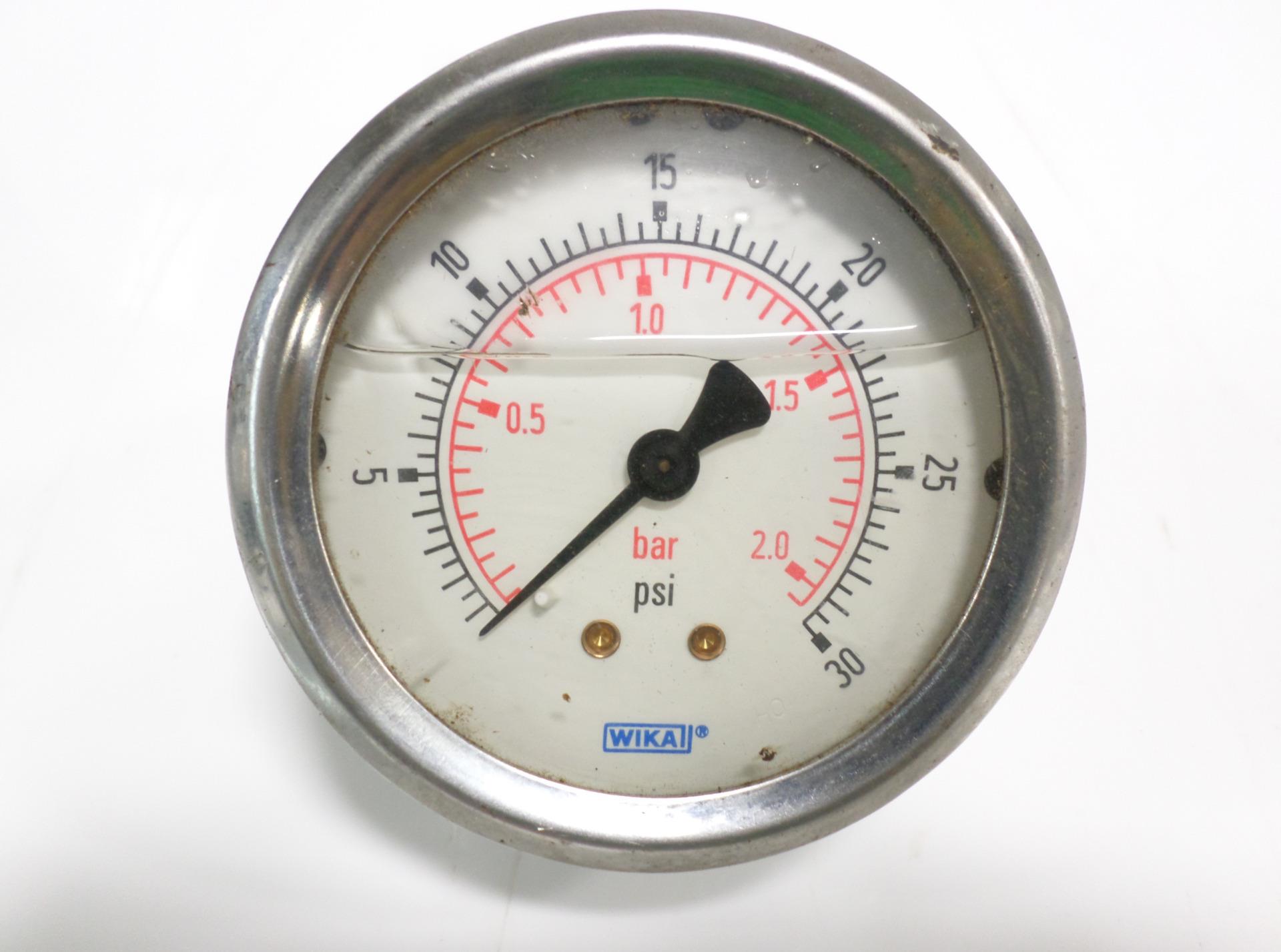
30Psi To Bar Full Scale Including
So the requirements are:Task: Convert 8 bars to psi (show work) Formula: bar x 14.5038 psi Calculations: 8 bar x 14.5038 116.0302 psi Result: 8 bar is equal to 116.0302 psi. Accuracy: 0.025 of full scale including all effects of.I'm going to use it to power a Lego Pneumatic Engine (LPE) ( random example, not mine), that will be self-contained, and start and stop a lot using a throttle valve. For use with any media that is 316L SS compatible. PIECAL 0 to 30 PSI/2 bar Gauge, Isolated. Every display form has its own advantages and in different situations particular form is more. 30 psi to bar conversion result above is displayed in three different forms: as a decimal (which could be rounded), in scientific notation (scientific form, standard index form or standard form in the United Kingdom) and as a fraction (exact result).
How to convert PSI to kPa. To find out how much bar in 30 psi, multiply 30 by 0.0689475729.One PSI equals to 0.0689475729 Bar, so if you have a car that requires 30 PSI for tyre pressure you multiply thirty per 0.0689475729 and you get around 2.07 Bars. 30 Psi to Bar to convert 30 Psi to Bar and vice versa. What is 30 psi in bar - 30 psi is equal to 2.07 bar. Use common materials to run the reaction30 Psi to Bar. Bars to Psi Conversion Chart.
Pressure ranges to 36,000 psi (2500 bar) HART Communication capability Measure mA or V, and with 24V loop power Easy-to-use, inexpensive pressure calibrator with See #5.Product Overview: Additel 672 Digital Pressure Calibrators -30 psi to 30 psi Differential 0.05 Accuracy ADT672. Vapor pressure would do just as well. Might not even need to be a reaction.
...
:-) Both directions.There's also an optional tender car with the other, smaller water bottle and the motorized air pump to displace something out of it, which is also controlled by the programmable brick. (big yellow tower on the back)"Steam" locomotive with Walschaerts valve gear. ( the friction-fit hoses pop off around 37psi, and the reason for #5 above)I have a design for a "smart" pump controller that accounts for most of the pressure coming from a finite-rate reaction and not the pump itself, but it seems a bit rube-goldberg-y to me, and still can't account very well for the expected run/stop pattern of the engine that uses it.So, is there a different reaction that I can use instead, that can satisfy the requirements up top?The water bottle sits horizontally, under the black "hold-down bridge", with the bottom against the programmable brick. It doesn't stop at Lego's maximum pressure of about 30-35psi. The original reactants can get into the LPE as contaminants, which then need to be cleaned out. But there are two problems with it:


 0 kommentar(er)
0 kommentar(er)
